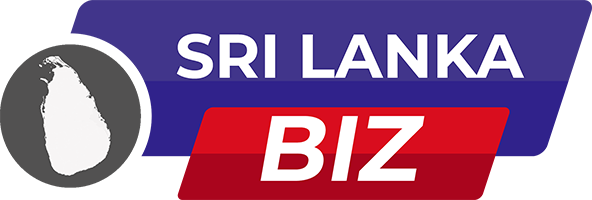Consumer spending via credit cards has shown signs of growth, with the total outstanding credit card debt in licensed commercial banks rising by nearly one billion rupees in August, reflecting a broader surge in private sector credit during the same month.
According to the latest data for August 2024, outstanding credit card debt increased by Rs. 942 million, bringing the total to Rs. 150.6 billion. However, this figure remains approximately Rs. 736 million lower than the level recorded at the end of the previous year.
In August, licensed commercial banks extended Rs. 135.2 billion in net credit to the private sector, more than double the amount provided in July. Despite this overall growth, credit cards only accounted for a small fraction of the total private credit increase.
The rise in credit card usage serves as an indirect indicator of consumer spending, especially given that there are currently fewer than 2 million active credit cards in Sri Lanka. A meaningful recovery in credit card debt has yet to materialize since interest rates were dramatically raised in 2022, which stifled credit availability and curtailed consumer spending.
Many banks tightened their credit conditions, particularly for credit cards, as rates soared to 36 percent. Although credit card interest rates have since decreased by about 10 percentage points, they remain prohibitively high compared to current policy rates and other consumer loan rates, hindering a return to robust card spending.
Nonetheless, August’s data suggests the beginning of a new credit cycle, which could drive up credit card debt. The high margins associated with credit card debt present significant risks for banks.
Promotional offers, discounts, and easy payment schemes, which have re-emerged after a two-year hiatus, may reignite consumer spending on credit cards in the coming months. Furthermore, the upcoming festive season is expected to boost demand for credit card use, as consumers are gradually easing their spending constraints following recent reductions in energy, utilities, and food prices.
As people feel more financially liberated, they may be more inclined to utilize their credit cards for discretionary purchases that they have avoided over the past two years, leading to an uptick in credit card debt.


